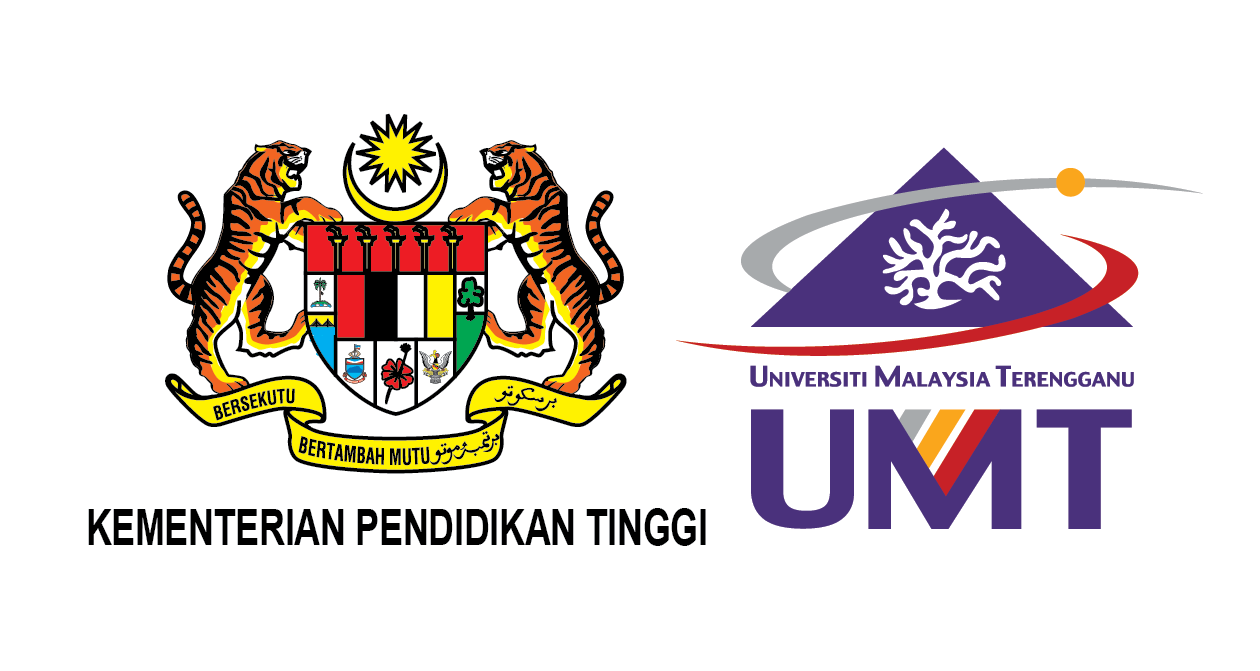Please use this identifier to cite or link to this item:
http://umt-ir.umt.edu.my:8080/handle/123456789/11558Full metadata record
| DC Field | Value | Language |
|---|---|---|
| dc.contributor.author | Lim, Xiu Ji | - |
| dc.date.accessioned | 2019-01-17T03:20:56Z | - |
| dc.date.available | 2019-01-17T03:20:56Z | - |
| dc.date.issued | 2016 | - |
| dc.identifier.uri | http://umt-ir.umt.edu.my:8080/xmlui/handle/123456789/11558 | - |
| dc.description.abstract | Polyhydroxyalkanoate (PHA) is a ty pe of biodegradable plastics which can be synthesized by bacteria under limited nutrient and excess of carbon source. Three Vibrio spp. were used for PHA production which were Vibrio alginolyticus, Vibrio parahaemolyticus and Vibrio harveyi. In this study, five renewable and cheap carbon sources were used for PHA production, namely molasses and sweetwater from sugar cane refinery by-products, glycerol and glycerine pitch from oleochemical wastes industry and lastly roselle wastes from roselle extraction industry to cut down the cost production. Results showed that only V. alginolyticus is able to produce trace amount of Poly-3-hydroxybutyrate, P(3HB), with the P(3HB) content of 3.57±1.89%(w/w) by using glycerine pitch as carbon source. All other strains with different carbon sources showed negative result on production of PHA. | en_US |
| dc.language.iso | en | en_US |
| dc.publisher | Universiti Malaysia Terengganu | en_US |
| dc.subject | Lim, Xiu Ji | en_US |
| dc.subject | LP 4 PPSMS 2 2016 | en_US |
| dc.title | Biosynthesis of polyhydroxyalkanoate by Vibrio spp. using renewable resources | en_US |
| dc.type | Working Paper | en_US |
| Appears in Collections: | Pusat Pengajian Sains Marin & Sekitaran | |
Files in This Item:
| File | Description | Size | Format | |
|---|---|---|---|---|
| LP 4 PPSMS 2 2016 Abstract.pdf | 856.73 kB | Adobe PDF | View/Open | |
| LP 4 PPSMS 2 2016 Full text.pdf Restricted Access | 2.39 MB | Adobe PDF | View/Open Request a copy |
Items in UMT-IR are protected by copyright, with all rights reserved, unless otherwise indicated.

